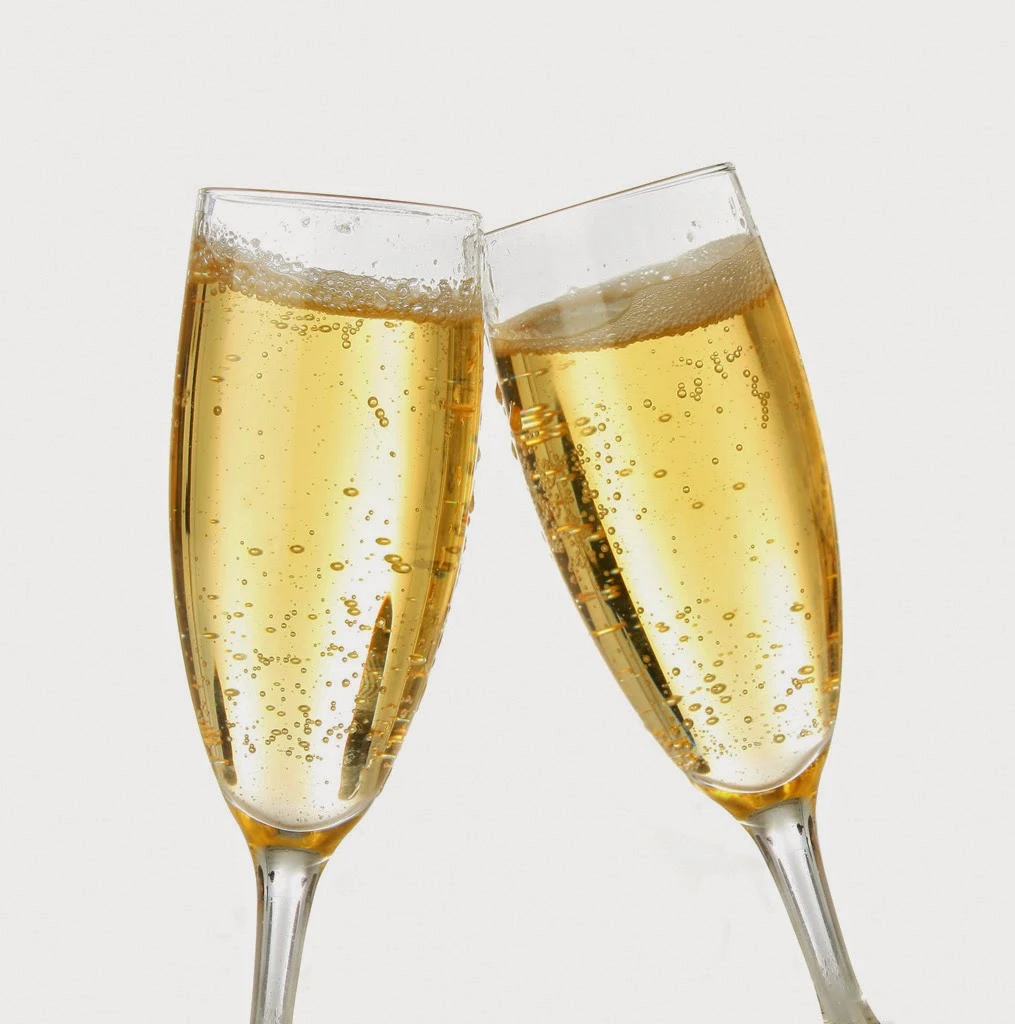SAVOURY DISHES
The following are the popular savoury dishes:
Savouries on Toast
Welsh Rabbit
Rarebit, Welsh rarebit, or Welsh rabbit is traditionally
a sauce made from a mixture of cheese and butter,
poured over toasted bread which has been buttered.
In current popular use, cheese on toast is simply
slices of cheese placed on toasted bread and melted
by heat from above in a grill or salamander.
Buck Rabbit
A Welsh rarebit garnished with a poached egg.
Moelle on Toast
Chilled marrow is sliced and poached gently in a little
white stock. Drained well and dressed on hot
buttered toast. Seasoned and coated with beurre
noisette, sprinkled with chopped parsley.
Haddock on toast
Poached haddock and flake mixed with cream
sauce. Spreaded on toast and decorated to serve.
Anchovies on toast
Breads are toast and anchovy’s fillets are laid side
by side. Finished with the heated oil from the
anchovies. Decorated with sieved hard boiled yolk of
egg and chopped parsley.
Sardines on toast
Sardines are split and backbone is removed. From
head to tail is laid on the toast. Finished with the oil
from the sardines.
Roes on toast
Roes are shallow fried and dressed on toast.
Sprinkled with lemon juice, coated with beurre
noisette and served.
Canapés
Generally canapés are small, decorative pieces of bread
(toasted or untoasted) that are topped with a savory garnish such asanchovy, cheese or some type of spread.
Canapé Baron Garnished with slices of fried mushrooms, grilled bacon and poached bone marrow.
Canapé Ritchie Creamed Haddock, garnished with slices of hard boiled eggs.
Canapé Quo Vadis Grilled roes garnished with small mushroom heads
Canapé Nina Half small grilled tomato, garnished with mushroom head and a pickled walnut
Canapé Charlemagne Garnish with shrimps bound with a curry sauce
Angels on horseback Shucked oysters wrapped in bacon, though sometimes scallops are used in place of the
oysters. This is then baked in the oven and quite
often served on toast.
Devils on horseback
Contains a pitted prune (dates are sometimes
used) stuffed with mango chutney and wrapped in
bacon. This is then baked in the oven and quite
often served on toast, with watercress. Hot pepper
sauce is often added.
Croutes
These are shaped pieces of bread approximately ¼ inch thick
shallow fried.
Croute Derby Spread with ham puree and garnished with a
pickled walnut.
Croute Windsor
Spread with ham puree and garnished with small
grilled mushrroms
Croute Diane Partly cooked chicken livers (fried) wrapped in
streaky bacon and grilled on a skewer
Scotch wookcock
Scrambled egg garnished with a trellis of anchovy
and studded with capers
Tartlettes (Round) or Barquettes (Oval)
These are normally made from unsweetened shortcrust
pastry.
Charles V Soft roes mixed with butter, covered with cheese
soufflé mixture and baked in the oven.
Favorite Filled with cheese soufflé mixture and slices of
truffle. Garnished with slices of crayfish tails or
prawns.
Haddock Filled with diced haddock bound with a curry
sauce, sprinkled with breadcrumbs and cooked au
gratin.
Bouchées
These are small puff pastry cases. A small edition of a vol-auvent.
They have various fillings: shrimp, lobster, prawn and haddock.
Indiene Filled with curried shrimps and chutney
Omelettes Two / three egg omelettes with various flavours
such as mushroom, spinach, sardine, anchovy,
haddock, cheeses etc.
Flan
These are made from unsweetened shortcrust pastry.
Quiche Lorraine
Flan made from unsweetened shortcrust pastry
and filled with rashers of streaky bacon and slices
of cheese. Covered with a savoury egg custard
mixture and baked in the oven.
Soufflés
These are made in soufflé dishes. Various flavours such as
mushroom, spinach, sardine, anchovy, haddock, cheeses etc. are
used.



